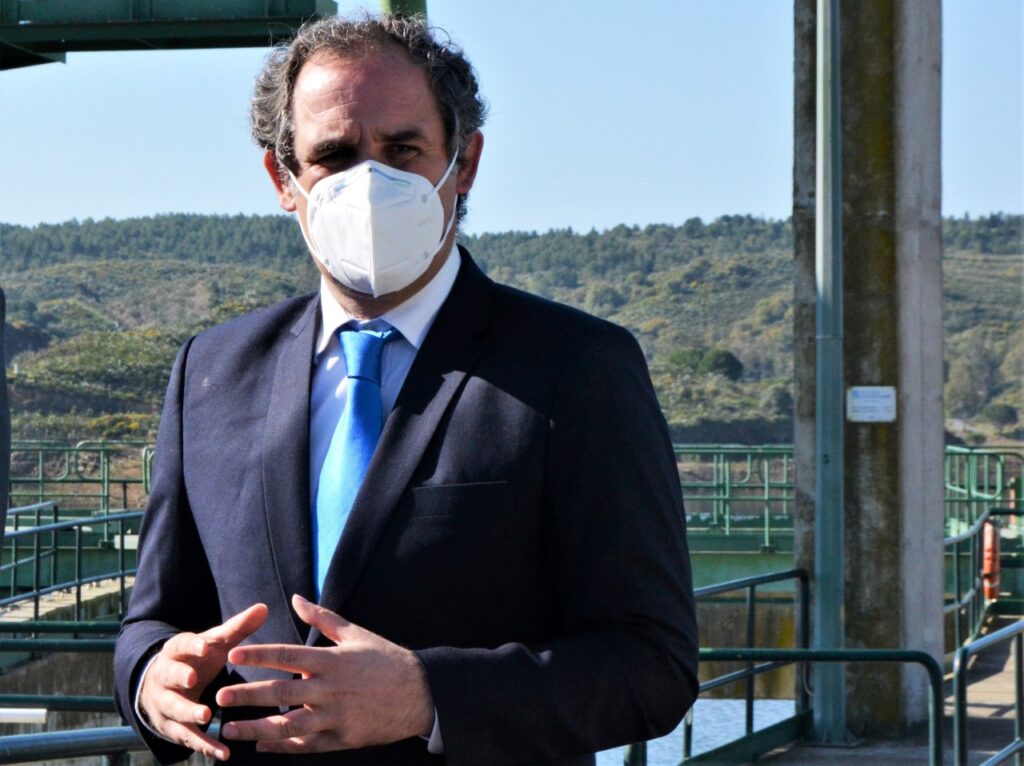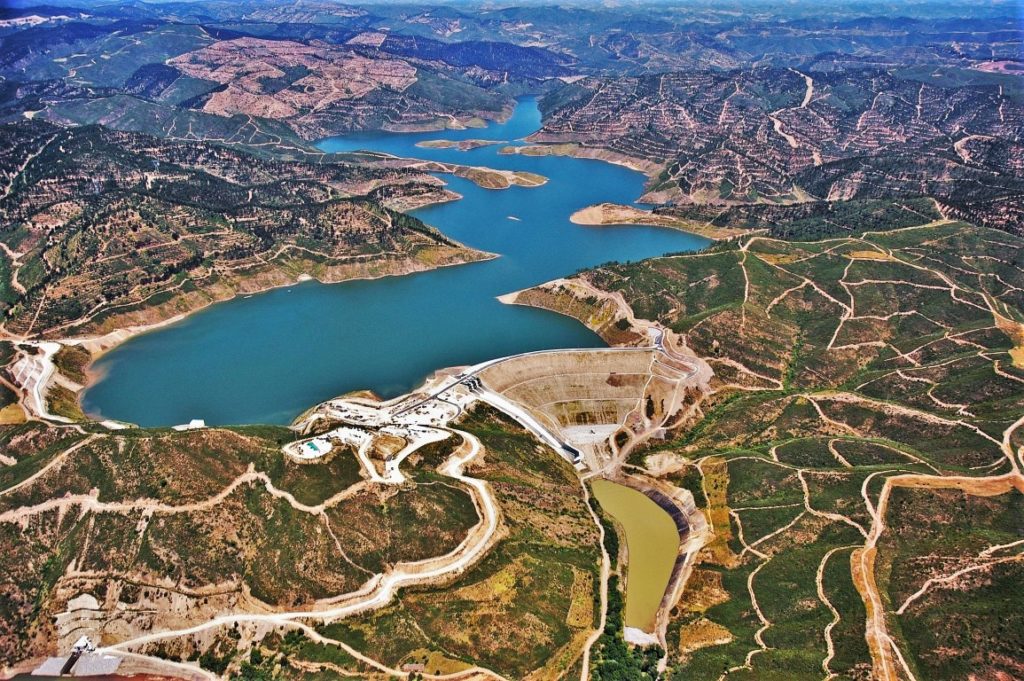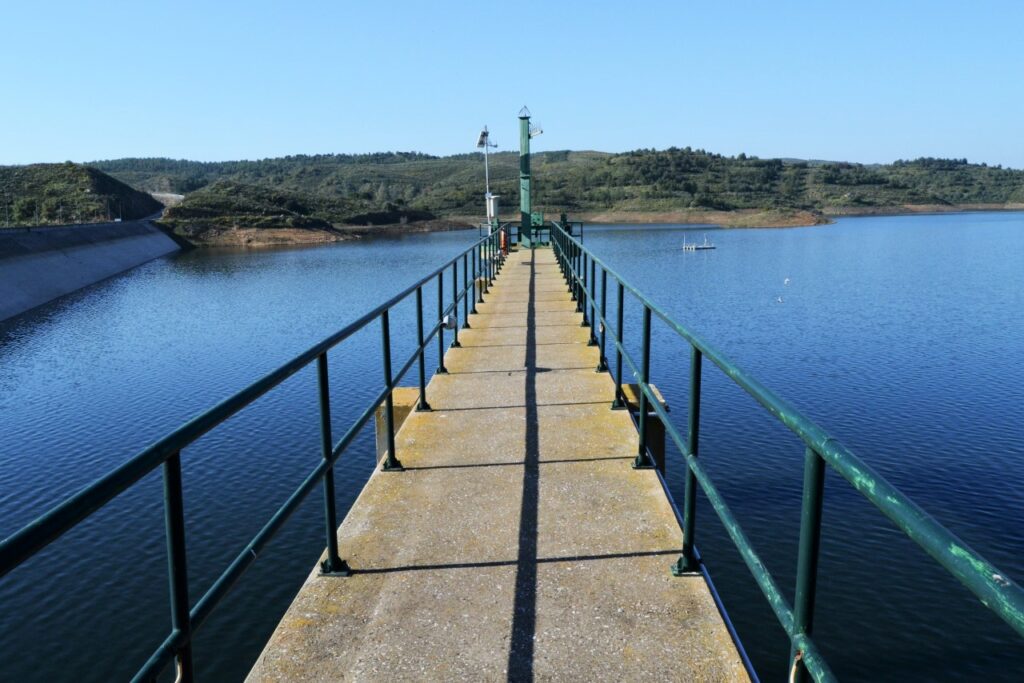The dams in the Algarve, as a whole, contain around 70% of the water they manage to store, a volume of this essential good that has not been seen in the region for a long time.
The rain that has been falling in this hydrological year, which started in October, has caused the levels of the different reservoirs to rise considerably, with the volume of stored water almost doubling in the dams of the Sotavento Algarvio, a sub-region where, as a rule, it rains any less.
But, despite the fact that the water that fell has arrived to take the Algarve out of the drought situation it has been in for years and to reassure the region about the need for a possible rationing, this does not mean that the problem of scarcity of water resources is solved. .
Pedro Coelho, regional director of the Portuguese Environment Agency/Administration of the Hydrographic Region of the Algarve, took stock of the current situation, in terms of water availability in the region, on the sidelines of the presentation of a project to take advantage of part of the dead volume of the Odeleit Dame.
And if it is true that «at this moment, we are at 70% of capacity, in the set of reservoirs in the Algarve», it is also true that «if the drought returns, we will have problems again».
«People, here in the Algarve, are used to having little rain and think that this year was a year in which there was a lot. But, in fact, the rainfall, in this hydrological year, is within the average», he illustrated.

In other words, this was not an unusually rainy year, the previous ones had less rain than supposed. Here, it is probably more correct to say "it was", since the trend, according to scientific models, is for less and less rain to fall and extreme weather phenomena (drought or floods) to increase due to climate change .
Hence, Pedro Coelho made a point of praising the investment of 1,5 million euros that will be made, to allow another 15 million cubic meters of water to be removed from the Odeleite reservoir, a measure that «in good time the [company] Águas do Algarve started to draw».
It is certain that, for now, the Odeleite Dam is in a much more “comfortable” situation than it was a year ago.
According to the most recent data from the National Water Resources Information Service, for the month of March, the volume stored in this reservoir in the municipality of Castro Marim is 71,6% of the total capacity. A year ago, this figure stood at 39,5%.
Nearby, in the Beliche Dam, a much smaller reservoir, there was also a substantial increase: the latest data point to 63,7% of stored volume, when in March 2020 it was at 32,7%.

In the four dams in the Barlavento Algarvio, although the percentage of stored water has risen in all of them, the difference from one year to the other is not so marked.
Odelouca, the largest dam in the Algarve region, is currently at 76,1% of its total capacity, compared to 53,7% a year ago.
In the Funcho reservoir, the percentage of stored water rose to 83,4 (76,8% in March 2020) and, in the Arade dam, the existing volume represents 68,3% of the total capacity (49,6% there is a year).
At the Bravura Dam, the rise was not very significant - 35,4% now, 31,1% a year ago -, but only if we do not take into account that, at the end of last hydrological year, this reservoir was below the 15% of its capacity.
Despite this good news, the watchword that comes from the environmental authorities and the company Águas do Algarve is that you should save and avoid wasting water as much as possible.
For this, they are foreseen, in the Recovery and Resilience Plan, large investments in the improvement of water efficiency in the Algarve, namely the reduction of losses in both urban and agricultural supply systems, as well as the reuse of wastewater.
The money from the “bazooka” of the European Union will also be used to build two large infrastructures to increase water availability in the region: a connection to Pomarão and a desalination plant. But in this case, these are not very consensual investments, because they should motivate an increase in the price of water in the Algarve.




















Comments